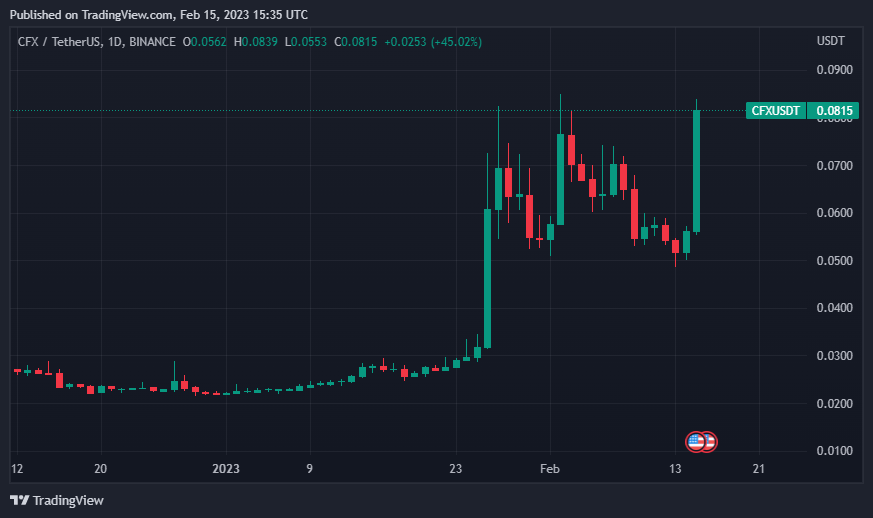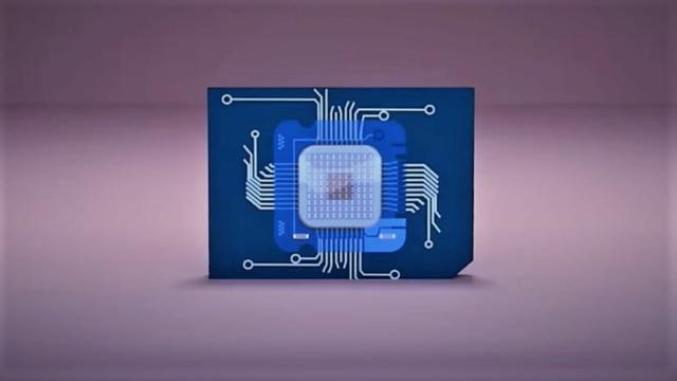China Telecom, one of the largest telecom companies in China, announced its altcoin partner that it will work with to launch Blockchain SIM cards (BSIM). After the news, the price of the relevant coin peaked in a short time.
China Telecom will work with this altcoin project
Today, China Telecom and Conflux Network announced their partnership to launch Blockchain SIM cards (BSIM). The entry-level Web3 product will be the largest blockchain hardware product worldwide, with the most users and applications.
Blockchain SIM – BSIM makes transactions faster and more secure, while providing Web3 access to China Telecom’s over 390 million mobile subscribers. The BSIM card integrates Conflux’s Tree-graph, binary proof-of-study and proof-of-work technology, providing the highest system performance for any Blockchain in the world. It uses the hardware security benefits of SIM cards to protect users’ private keys, a secure and convenient Web3 login solution.
https://twitter.com/Conflux_Network/status/1625816812092026880
Chinese altcoin partner Conflux (CFX) rises 50%
CFX price rallied over 20% on hourly timeframes after the news, climbing as high as $0.08. At the time of writing, it is retaining all of its earnings and has not seen a major correction. Expectations that BSIM will be widely used throughout China continue to attract new buyers to the project.
As Kriptokoin.com, we have included the basic features of Conflux (CFX) in this article.

What the Blockchain SIM Card (BSIM) gives users in the transition to Web3
- According to the summary of the text in the official statement;
- BSIM is seemingly indistinguishable from a traditional SIM card, but its storage space is 10-20 times larger than a traditional SIM card, and its computing power has been increased by tens of times.
- Users who switch to a BSIM card can securely store their cryptocurrencies.
- The BSIM card will manage and store the user’s public and private keys on the card and perform digital signatures so that the private key does not leave the card.
- It can also allow encrypted storage, key retrieval, and other operations.
The research and development phase of the BSIM card is now complete
The first deal was signed between Conflux Network and China Telecom in 2022, and this prototype was the culmination of a year-long strategic agreement with the goal of creating hardware products at the world’s entry into the metaverse.
The research and development phase of the BSIM card is now complete and successfully connected to Conflux’s network in the test environment. This prototype has the functions of storing and sending digital assets. Conflux and China Telecom will now focus on enriching the ecological applications of the BSIM card, with an emphasis on games, payments and other areas.
Press releases
Conflux Network CTO Dr. Ming Wu said, “The BSIM card significantly improves the user experience and lowers the barriers to entry for users into the world of Web3 and Metaverse. It’s key to allowing Conflux to take its ecosystem to the next level. Collaborating with such a strong partner like China Telecom and launching it from Hong Kong will enable us to enter the market both in China and globally in the near future.”

Vice President of the Big Data and Artificial Intelligence Research Institute of the Chinese Academy of Telecommunications Research, Dr. Liang Wei said, “Blockchain-based digital identity is at the center of future Web3.0, while Blockchain-based digital assets are an important catalyst for the Metaverse. The BSIM card is positioned as the input infrastructure of Metaverse, which provides differentiated functions such as telecom hardware security, smart digital wallet, DID value-added services. Partnering with Conflux will accelerate the process of connecting Web2.0 and Web3.0 users in this most creative space.”